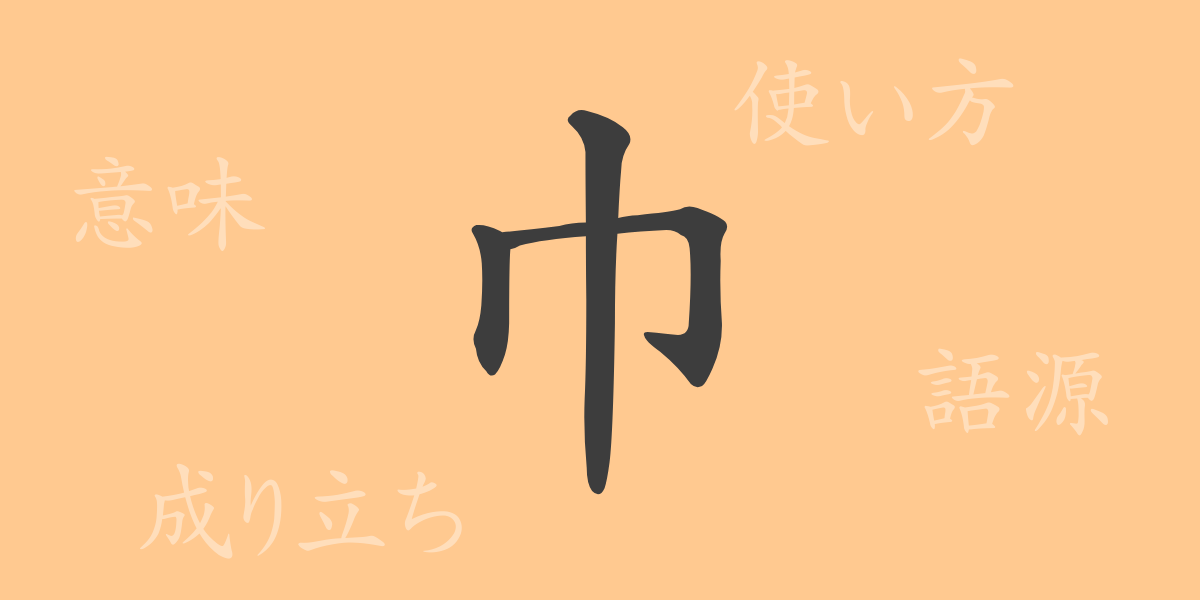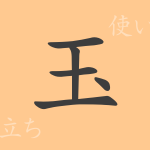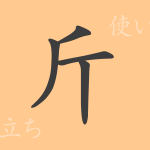The beauty of the Japanese language is reflected in its delicate characters. Each kanji carries deep meaning and history, closely tied to our daily lives. In this article, we spotlight the kanji “巾(はば)” to explore its charm. From its origins to its meanings, uses, readings, and even idioms and phrases involving “巾(はば),” we will unravel all aspects of this fascinating character.
Origins of 巾(はば)
The kanji “巾(はば)” is derived from ancient Chinese pictographs representing cloth. It mimics the shape of a folded piece of cloth and was historically used to denote clothing or fabric. Over time, its meaning expanded to include abstract concepts like width and breadth. Additionally, “巾(はば)” became a component of various kanji representing tools and uses involving cloth.
Meanings and Uses of 巾(はば)
In modern Japanese, “巾(はば)” denotes width or breadth. It is also used to refer to cloth or bands and appears in various contexts. For example, “帯巾(おびはば)” means the width of a belt, and “広巾(ひろはば)” means wide breadth. Thus, “巾(はば)” is a versatile kanji used both literally and figuratively.
Readings, Stroke Count, and Radical of 巾(はば)
The basic information about the kanji “巾(はば)” is as follows:
- Readings: The on’yomi (Chinese reading) is “キン,” and the kun’yomi (Japanese reading) is “はば” or “おおい.”
- Stroke count: “巾(はば)” has 3 strokes.
- Radical: The radical for this kanji is 巾(はばへん).
Idioms, Expressions, and Proverbs Using 巾(はば)
There are various idioms, expressions, and proverbs that incorporate “巾(はば).”
- 手巾(てぎれ): A hand towel historically carried by women.
- 口巾(くちぎれ): A small cloth used for wiping the mouth.
- 巾着(きんちゃく): A drawstring bag.
- 巾を広げる(はばをひろげる): To expand one’s influence or activity range.
- 巾をきかす(はばをきかす): To flaunt power or ability.
These expressions reflect the meanings of “巾(はば)” related to width and cloth, showcasing the richness of the Japanese language.
Conclusion on 巾(はば)
The kanji “巾(はば)” is a simple yet rich character representing cloth and width. From ancient times to the present, it has been used as an expression deeply rooted in our lives. Understanding the various meanings of “巾(はば)” through idioms and phrases can deepen our comprehension of Japanese. It is essential to cherish the history and culture embedded in each kanji like “巾(はば)” in the future.

























